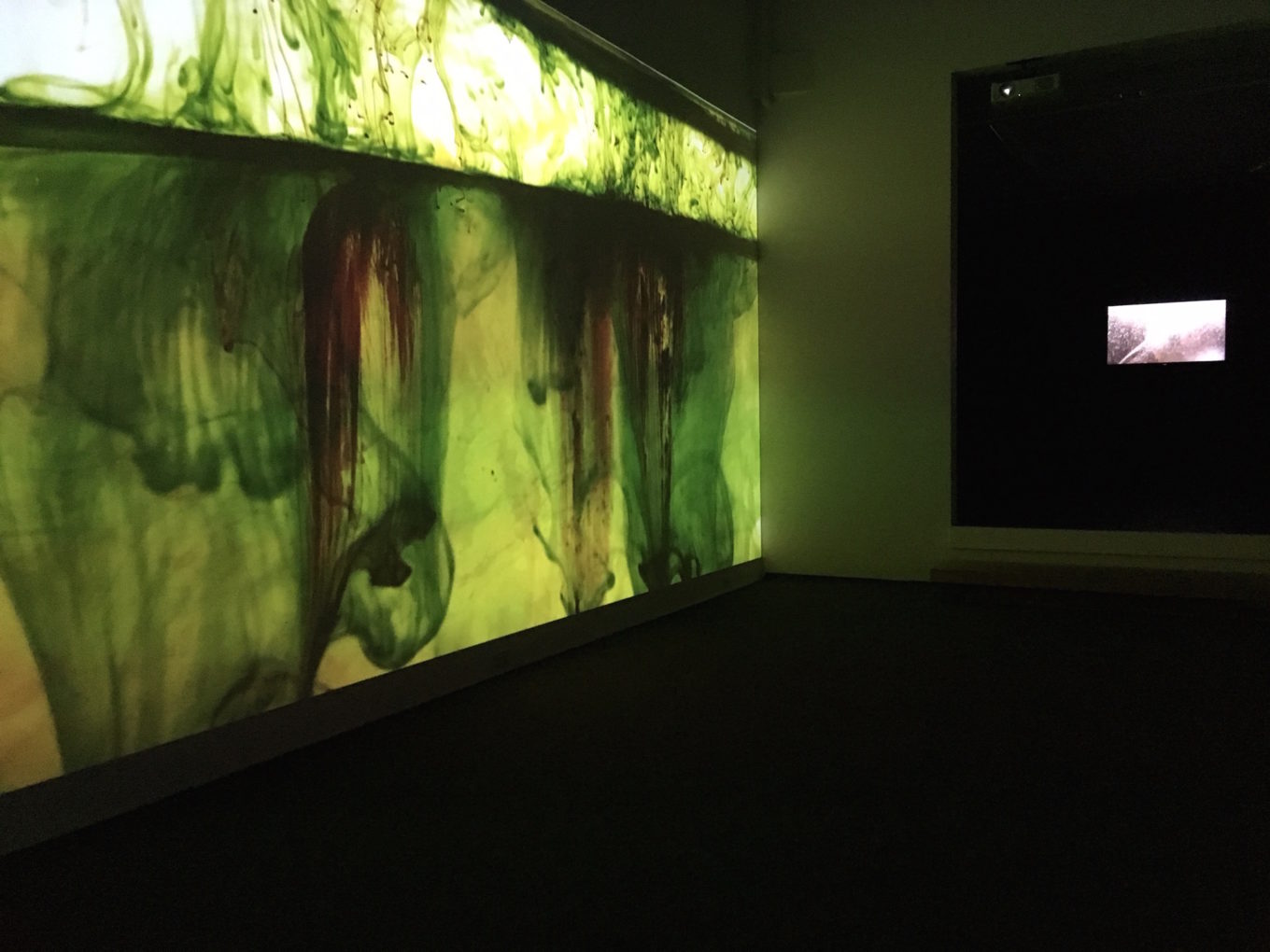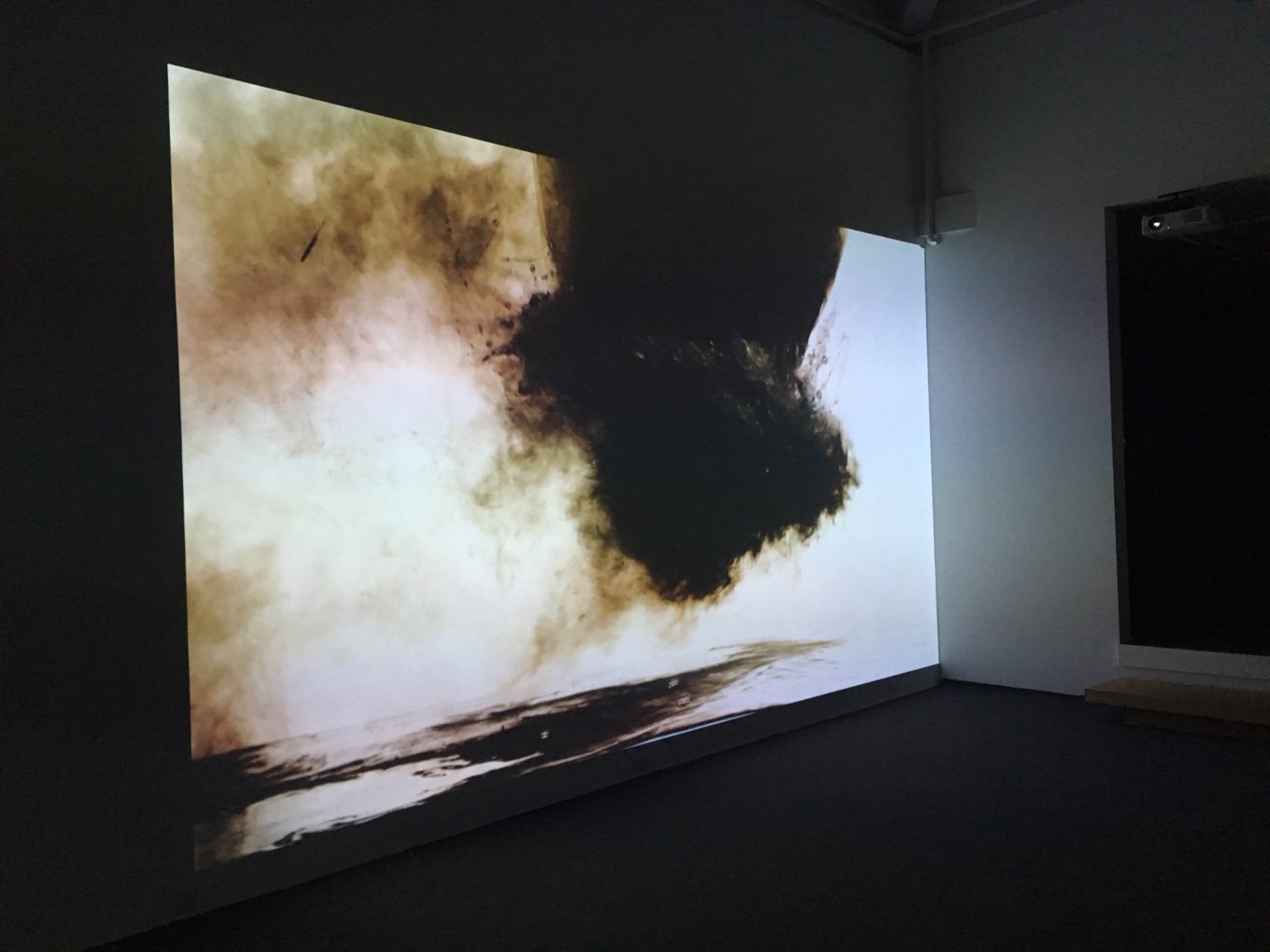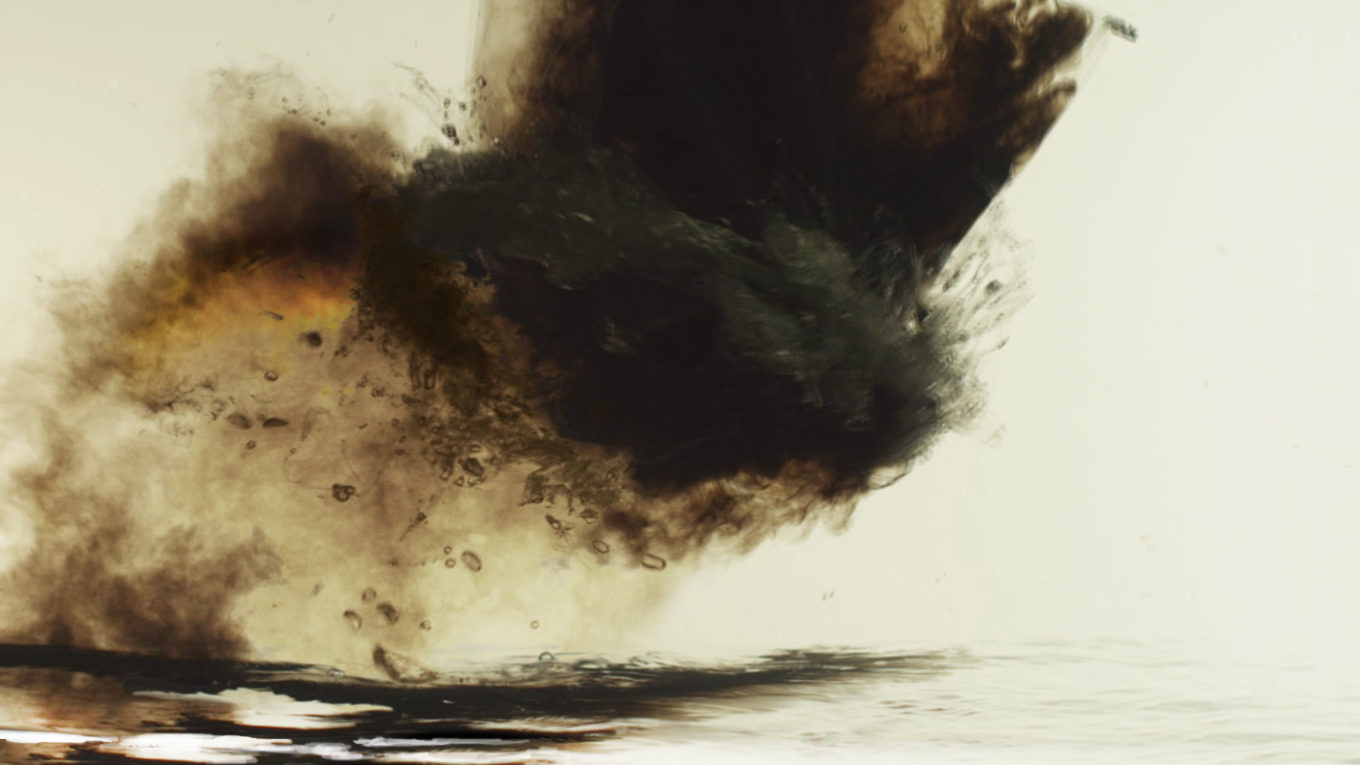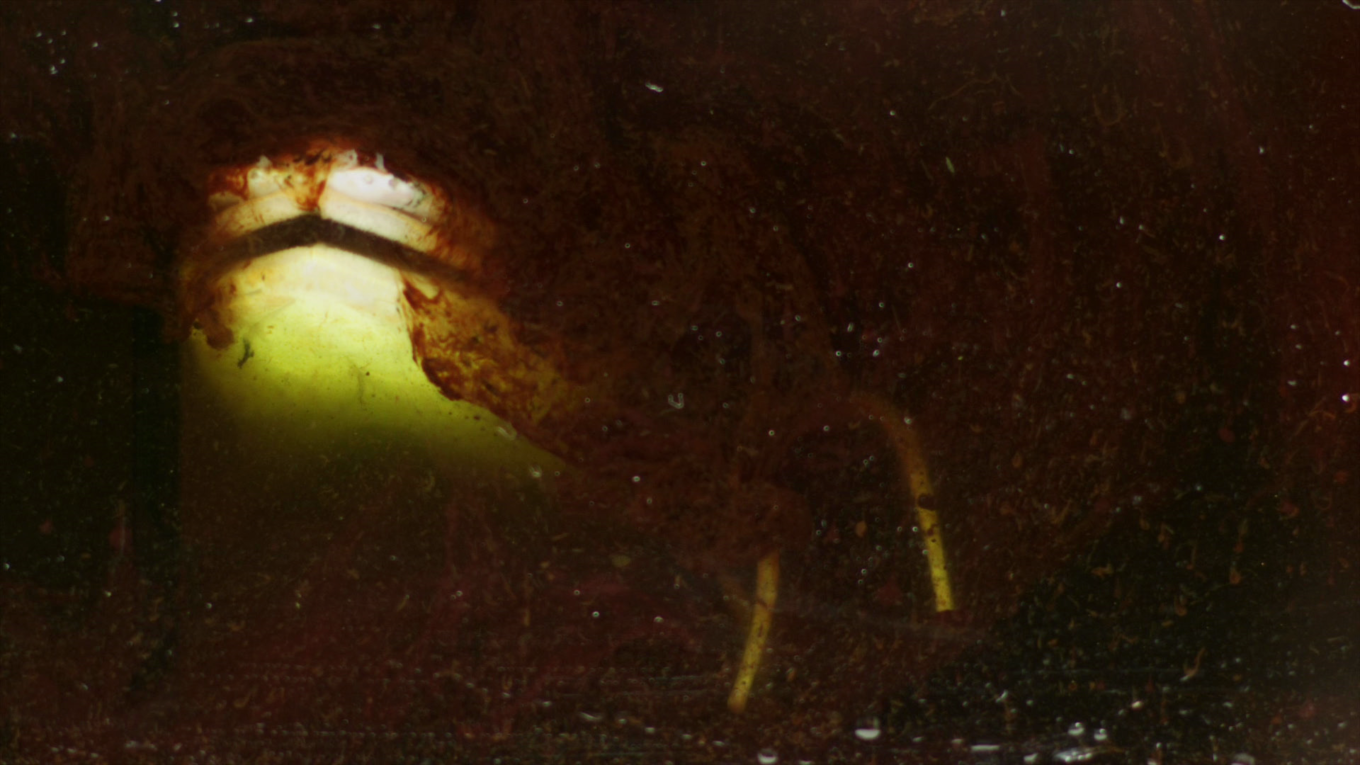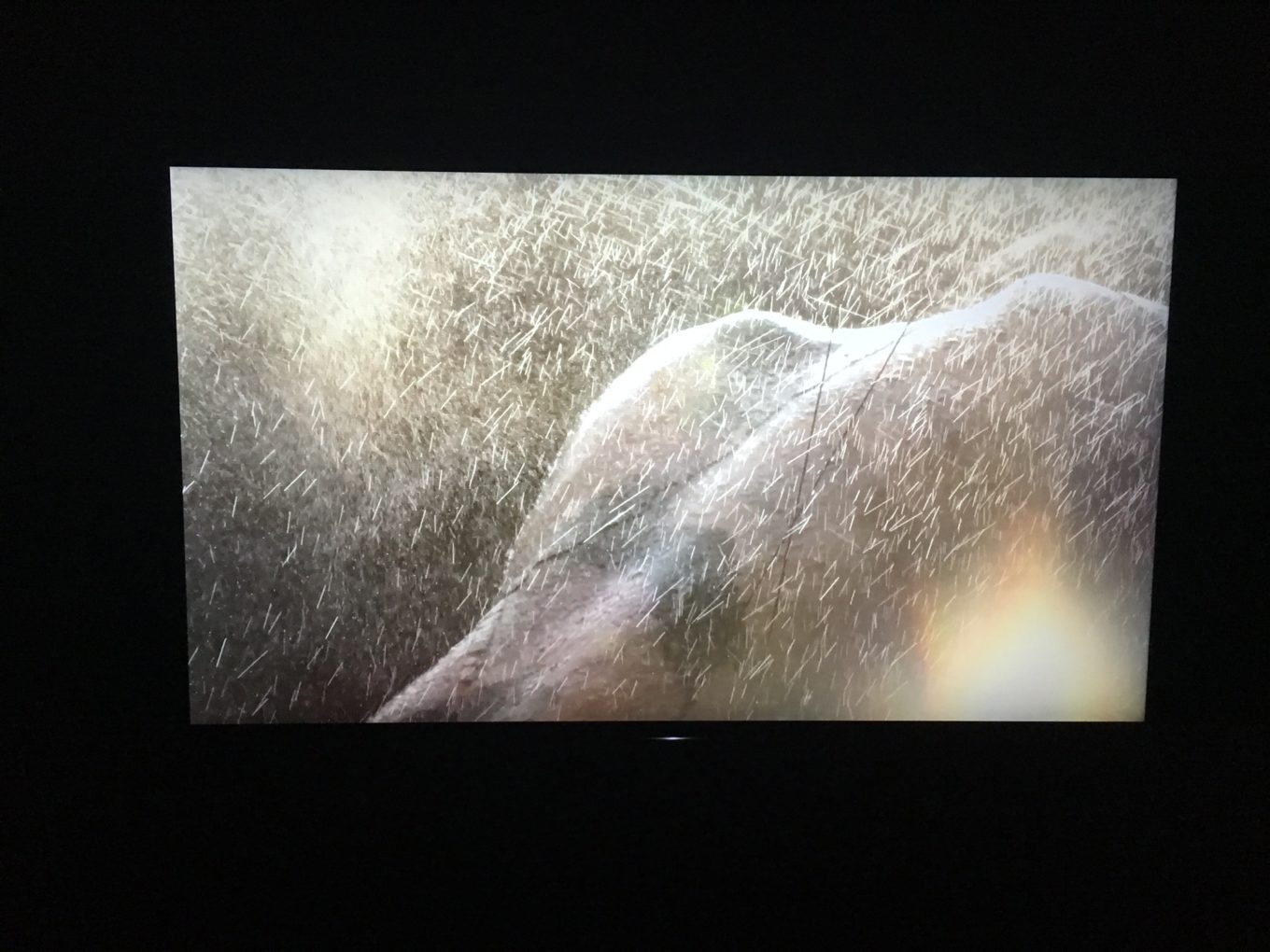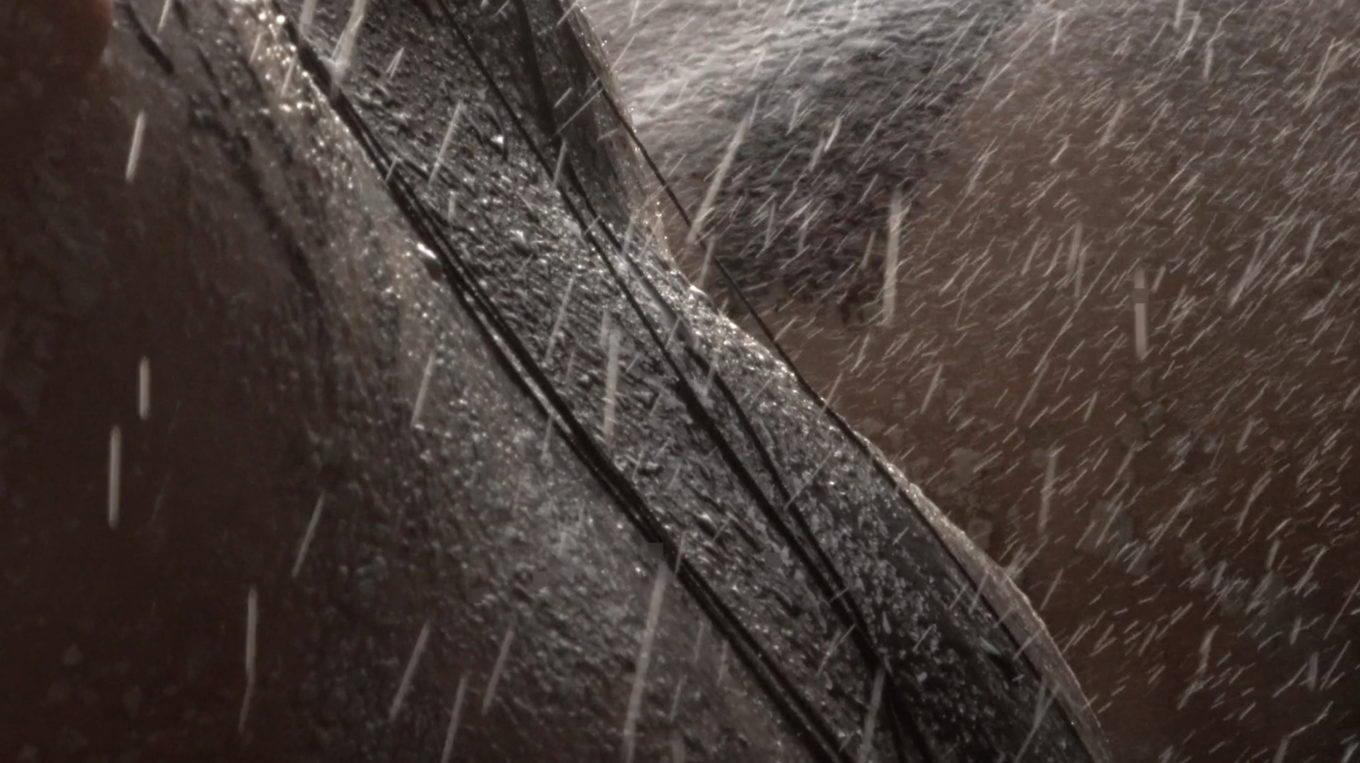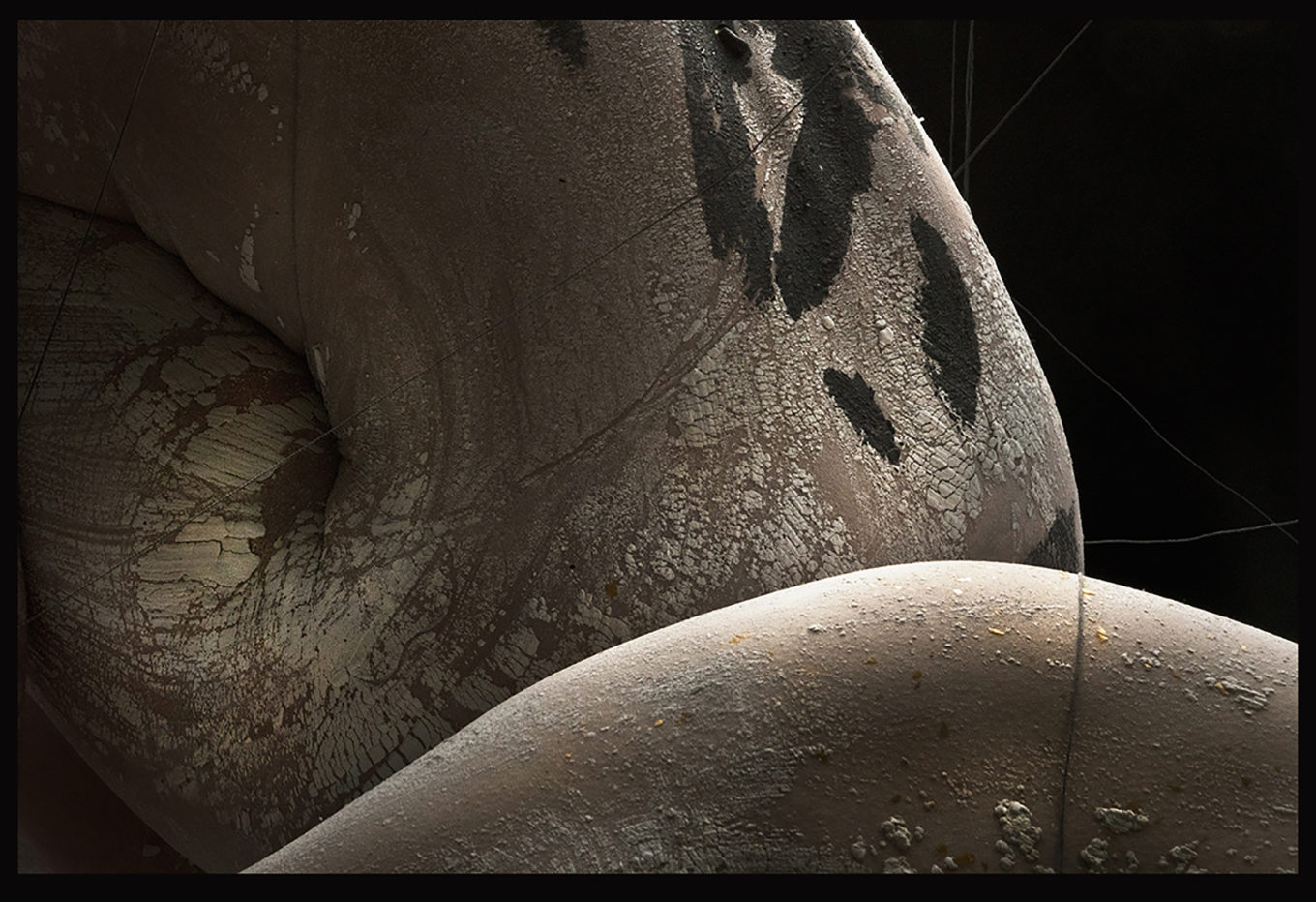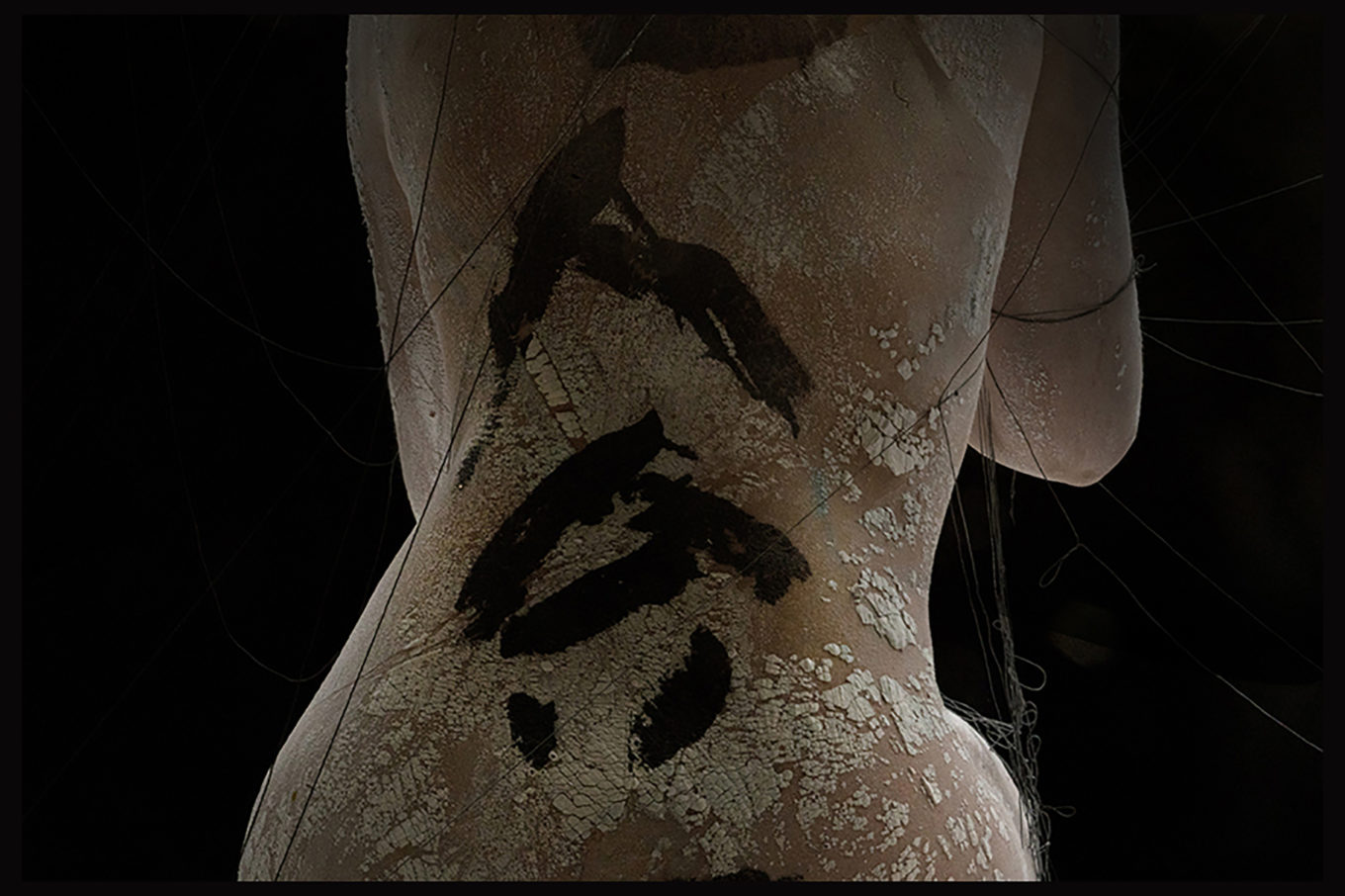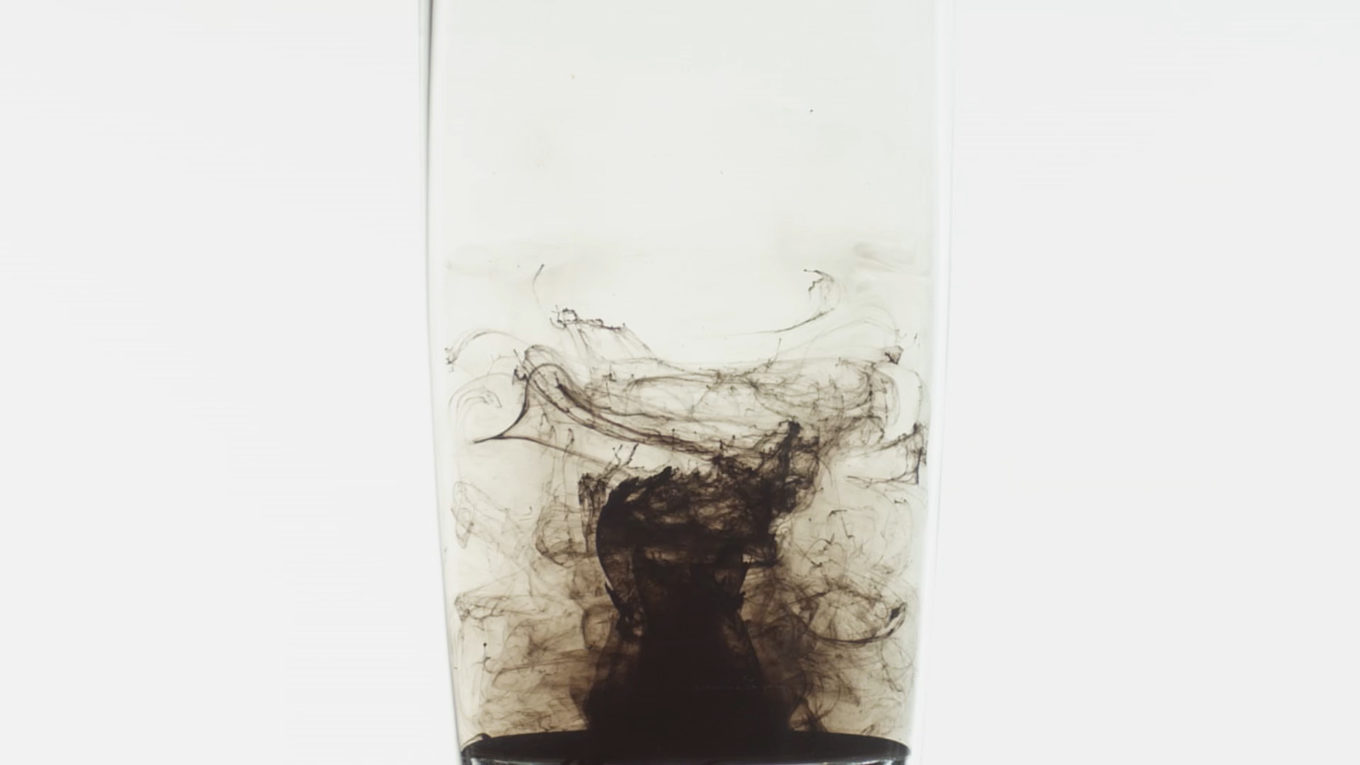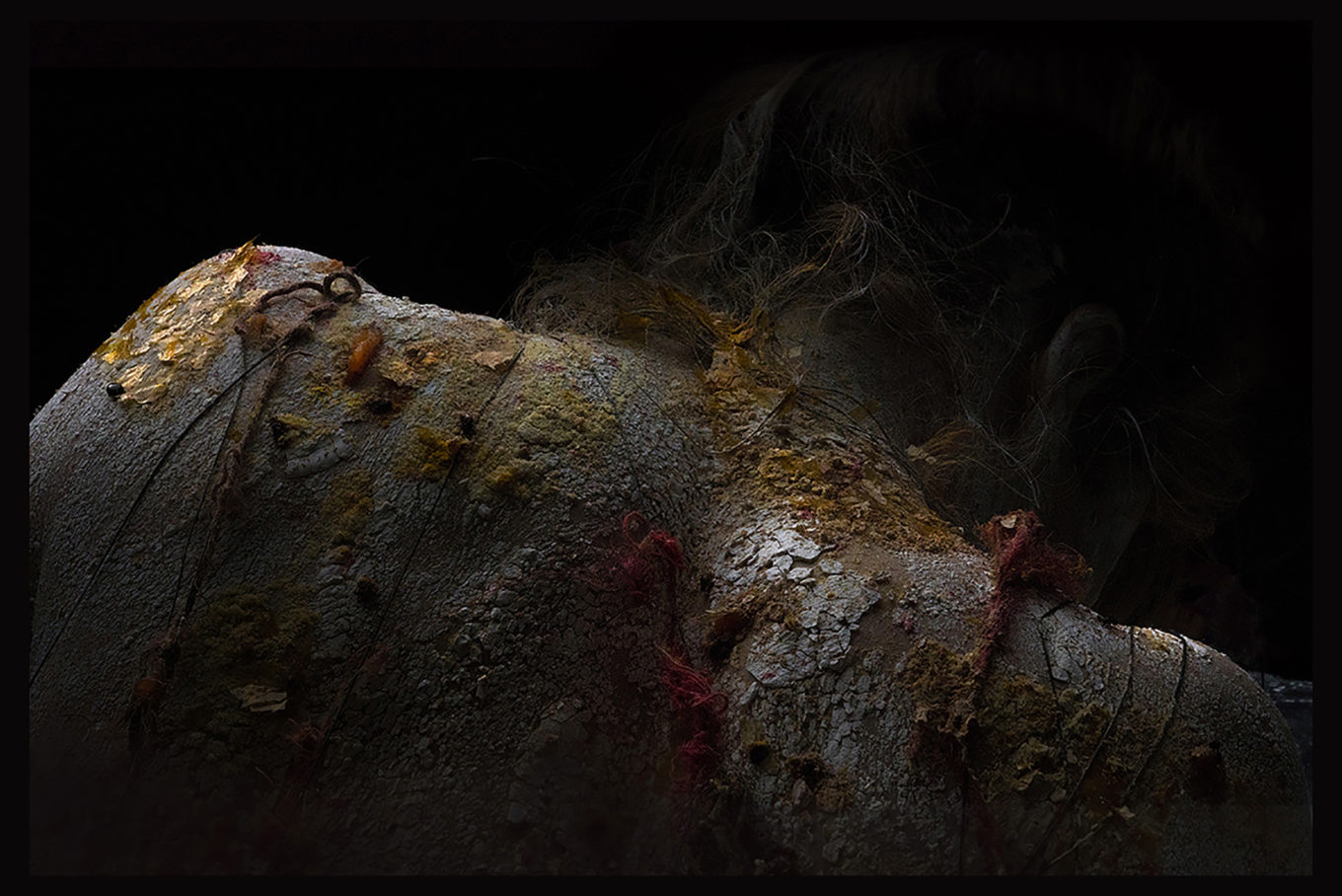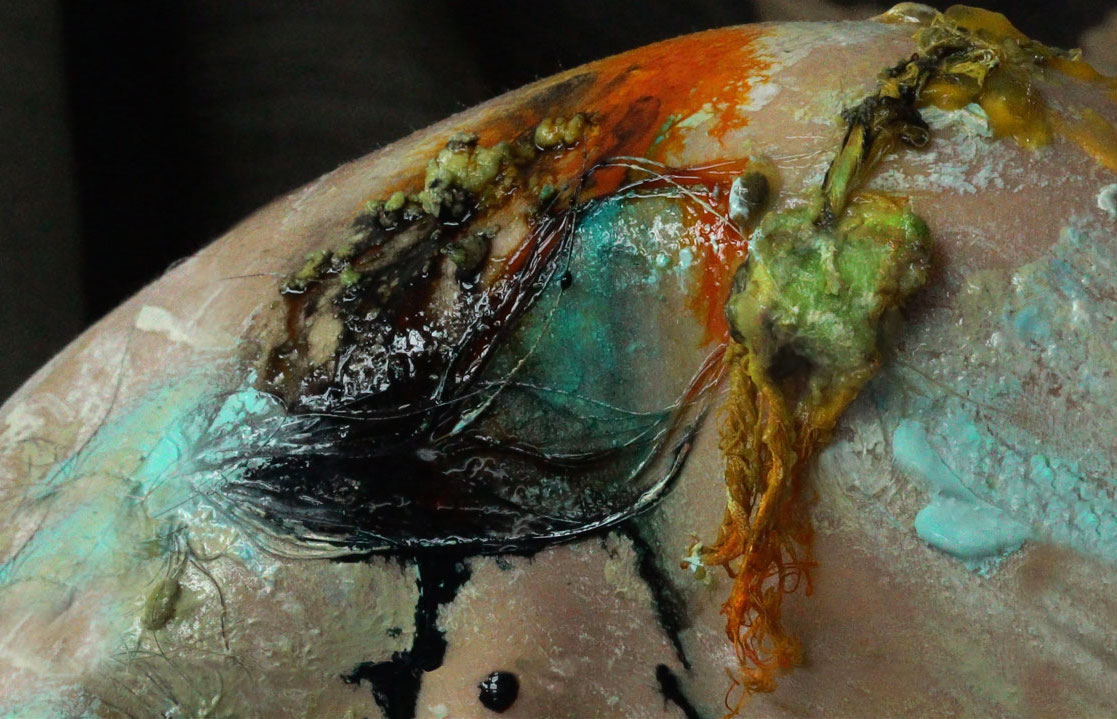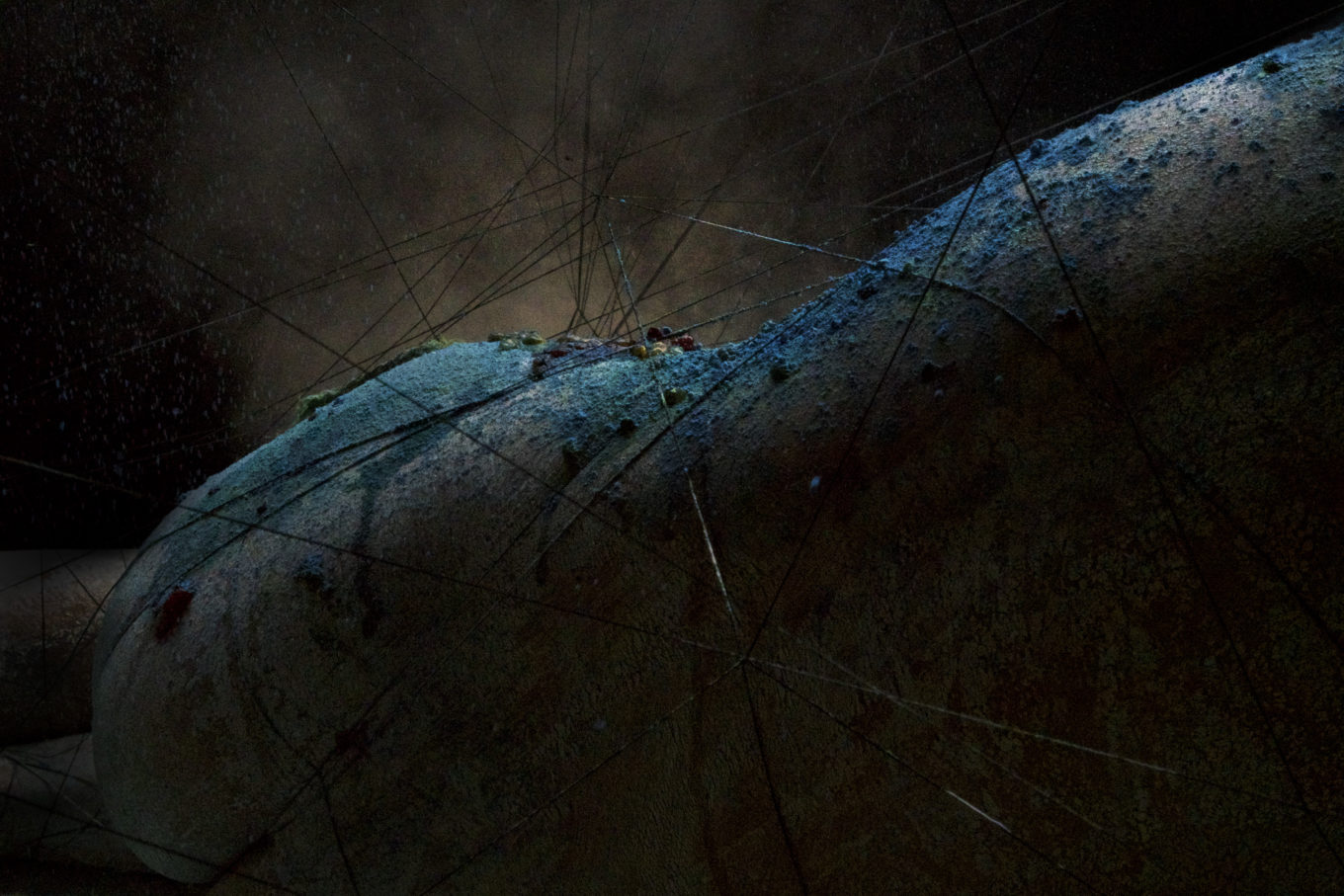Vincent Ward is a New Zealand artist and award-winning filmmaker, internationally recognised at both the Academy Awards and Cannes Film Festival for his ability to convey powerful emotional and psychological experiences through the use of moving image. Ward’s international practice remains at the forefront of innovation in this area; in 2007 he received the New Zealand Order of Merit (NZOM) for his services to film, and in 2011 Michael Wiese Productions published ‘Making the Transformational Moment in Film’, authored by Dan Fleming.
Ward has exhibited widely since 2012, with a large solo exhibition ‘Breath’ curated by Rhana Devenport for the Govett-Brewster Art Gallery, New Plymouth, including a ten-screen immersive cinematic installation, photography, and large mixed-media works on canvas. Later that year Ward became the first New Zealander to participate at the Shanghai Biennale; as a guest of renowned Chinese video artist and curator, Qiu Zhijie, Ward’s solo presentation was in a historic former cathedral on the Bund.
A guest professorship at the China Academy of Art, School of Fine Arts, Hanzhou, has been conferred on Ward, and he also runs workshops on new media at Shanghai University, School of Fine Arts. Ward is an Adjunct Professor at the University of Canterbury where he was recently awarded an Honorary Doctorate in Fine Arts; the same university where he first studied art and completed a Dip FA (Hons) in 1978.
Now living and working in Auckland, New Zealand, Ward’s first solo exhibition of new work for 4 years presents three films that together mark a significant development in the artist’s approach to painting, drawing, the human body and landscape. Drawing directly onto living forms, Ward has the body mimic hillsides and valleys, lush caves and dry mountainous earthquake zones. Suspension of disbelief is aided by a remarkable ambient soundscape developed in concert with the stunning visual imagery, at once speaking of physical transformation and charged psychology.
Ward engages in a visceral visual language to explore ideas of psychic states and our relationship with the physical world. His fascination with the possibilities of landscape is rooted in his childhood experiences of rural life in New Zealand, following family generations in farming on his father’s side, his mother a Jewish refugee who fled Germany. Ward’s deep understanding of the primal force of the land was burnished by the physicality of the work required to tame the hill country farm: his father, burned and scarred in the war, would “cut and burn and hew and dig and fence and sew grass. The seemingly endless flesh grafts to his body, from one part to another, creating smoothness in one place by leaving a hollow with a ragged scar line in another, was contrasted by perfectly straight fence lines that he dug and wired on seemingly impossible, hill and cliff edge terrain, they were like straight lines arcing across an almost human landscape creating for a time order, and form, and a boundary, a sort of sanctuary for my mother and us.”
This new body of work began with large canvases and drawings in an attempt to reveal expressions of human experience through the physical expression of the body in oils and ink. But the attempts to lock down some figurative reality lost mystery and multiple meanings. Struggling with this impasse, Ward had an epiphany: why work with canvas or paper, why not the moving camera. “With ink, paint and pigments, bathe the human form directly, then breath on it with the elements, of wind, dust, rain and fog. It continued a range of experiments that I had been making where paint meets film, but rather than motion painting on film, it could be painting / filming on a new landscape, our bodies, male and female, ephemeral as the elemental world we live in, and as harsh and varied as the hill country I experienced as a child.”
Ocula article by Anna Dickie →
NZ Herald article by Russell Baillie →
Metro article by Susannah Walker →

